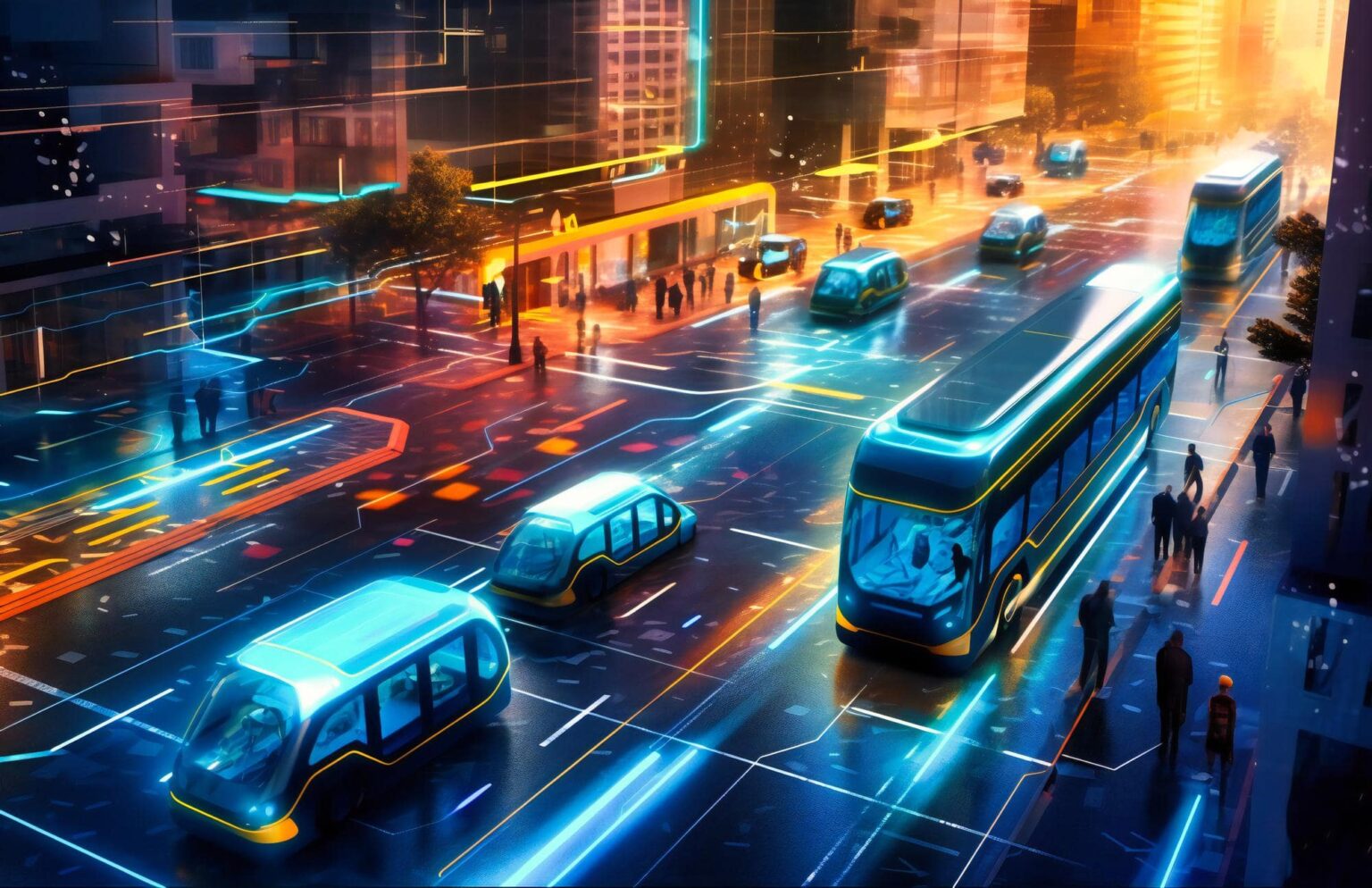Mobility as a Service (MaaS) has evolved from a conceptual framework to a tangible reality, reshaping the way people access and use transportation services. Here’s a look at the evolution of MaaS from its inception to its current state:
- Conceptualization: The concept of MaaS emerged as a response to the growing challenges of urbanization, congestion, and pollution. It envisioned a future where transportation services would be seamlessly integrated into a single platform, allowing users to plan, book, and pay for multimodal trips using a single interface. The goal was to provide travelers with greater convenience, flexibility, and efficiency in navigating urban environments.
- Pilot Projects and Early Adopters: The early stages of MaaS development saw the launch of pilot projects and initiatives in various cities around the world. These projects typically involved collaborations between public transit agencies, private mobility providers, and technology companies to test the feasibility of integrated mobility solutions. Early adopters experimented with subscription-based models, mobile apps, and smart mobility platforms to deliver MaaS offerings to users.
- Technology Advancements: The advancement of technology, particularly in the fields of mobile computing, cloud computing, and data analytics, accelerated the development of MaaS solutions. Mobile apps and digital platforms became more sophisticated, offering features such as real-time trip planning, multimodal route optimization, and integrated payment systems. Data-driven insights and predictive analytics helped optimize service operations and improve the user experience.
- Expansion of Partnerships and Ecosystems: MaaS ecosystems expanded as more stakeholders, including government agencies, transportation operators, technology providers, and startups, collaborated to create integrated mobility solutions. Partnerships between public and private entities facilitated the sharing of data, resources, and infrastructure, enabling seamless interoperability between different modes of transportation. This collaborative approach fostered innovation and drove the adoption of MaaS on a larger scale.
- Global Adoption and Scaling: MaaS gained momentum as cities and regions worldwide recognized its potential to address urban mobility challenges. Governments implemented policies and regulatory frameworks to support the development of MaaS initiatives, including open data mandates, mobility subsidies, and regulatory sandboxes. As a result, MaaS platforms and services became more widespread, serving millions of users in urban areas across the globe.
- Diversification of Services and Business Models: The evolution of MaaS has led to the diversification of services and business models within the industry. In addition to traditional transportation modes such as public transit, ride-hailing, and bike-sharing, new mobility options such as electric scooters, microtransit, and carpooling have been integrated into MaaS platforms. Business models have evolved to include subscription-based services, pay-as-you-go pricing, and mobility credits, offering users greater flexibility in how they access transportation services.
- Focus on Sustainability and Equity: The latest phase of MaaS development emphasizes sustainability, equity, and social inclusion. MaaS providers are prioritizing environmentally friendly modes of transportation, promoting shared mobility options, and ensuring accessibility for underserved communities. Initiatives such as fare integration, discounted pricing for low-income riders, and last-mile solutions aim to make transportation more affordable and accessible to all residents.
Overall, the evolution of Mobility as a Service from concept to reality has transformed urban transportation, offering a holistic approach to mobility that is convenient, efficient, and sustainable. As technology continues to advance and cities embrace innovative solutions, MaaS will play an increasingly vital role in shaping the future of urban mobility.



